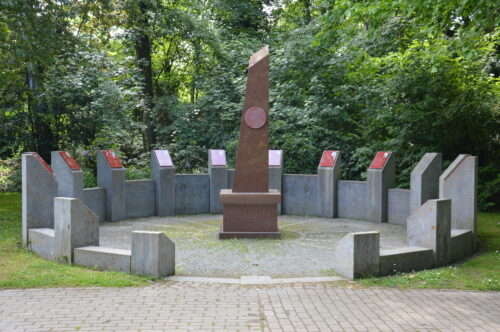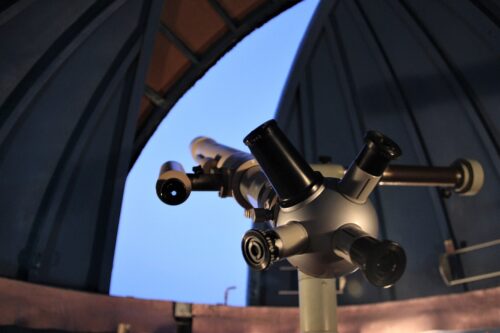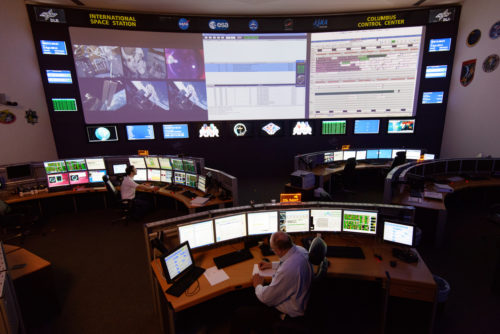
Germany
Germany
Science in Germany
In Germany, people like to tinker, design and build things: Nowhere in the EU more patents are registered than in Germany. This is encouraged not least by the many prominent examples from the past: Book printing, quantum theory, aspirin and an astonishing number of vehicles. The bicycle (Karl von Sauerbronn | 1816), the car (Karl Benz | 1885) and the helicopter (Heinrich Focke | 1936) all originated in Germany.
The Facts
| Population | 84,669,000 [1] |
| Area | 349,390 km² [2] |
| Gross domestic product per capita in US-Dollar | 52,727.0 [3] |
| Public expenditure on education (share of GDP) | 4.7 % [4] |
| Share of female researchers | 27.9 % |
| Universities | 459 |
| Universities per 1 million inhabitants | 5.60 |
| Students | 3,296,249 |
| Expenditure on Research and Development (share of GDP) | 3.1 (share of GDP) [5] |
| Patent applications | 21,198 |
Quellen:
-
↑
https://www.destatis.de/DE/Themen/Gesellschaft-Umwelt/Bevoelkerung/Bevoelkerungsstand/_inhalt.html
-
↑
https://www.destatis.de/DE/Themen/Laender-Regionen/Internationales/Laenderprofile/deutschland.pdf?__blob=publicationFile
-
↑
https://www.destatis.de/DE/Themen/Laender-Regionen/Internationales/Laenderprofile/deutschland.pdf?__blob=publicationFile
-
↑
https://www.destatis.de/DE/Themen/Laender-Regionen/Internationales/Laenderprofile/deutschland.pdf?__blob=publicationFile
-
↑
https://www.destatis.de/DE/Themen/Laender-Regionen/Internationales/Laenderprofile/deutschland.pdf?__blob=publicationFile










